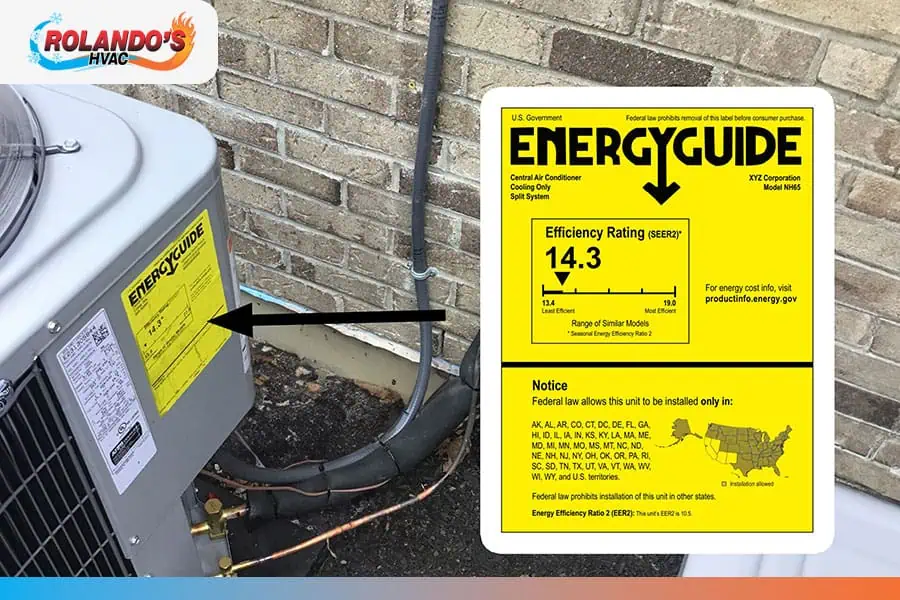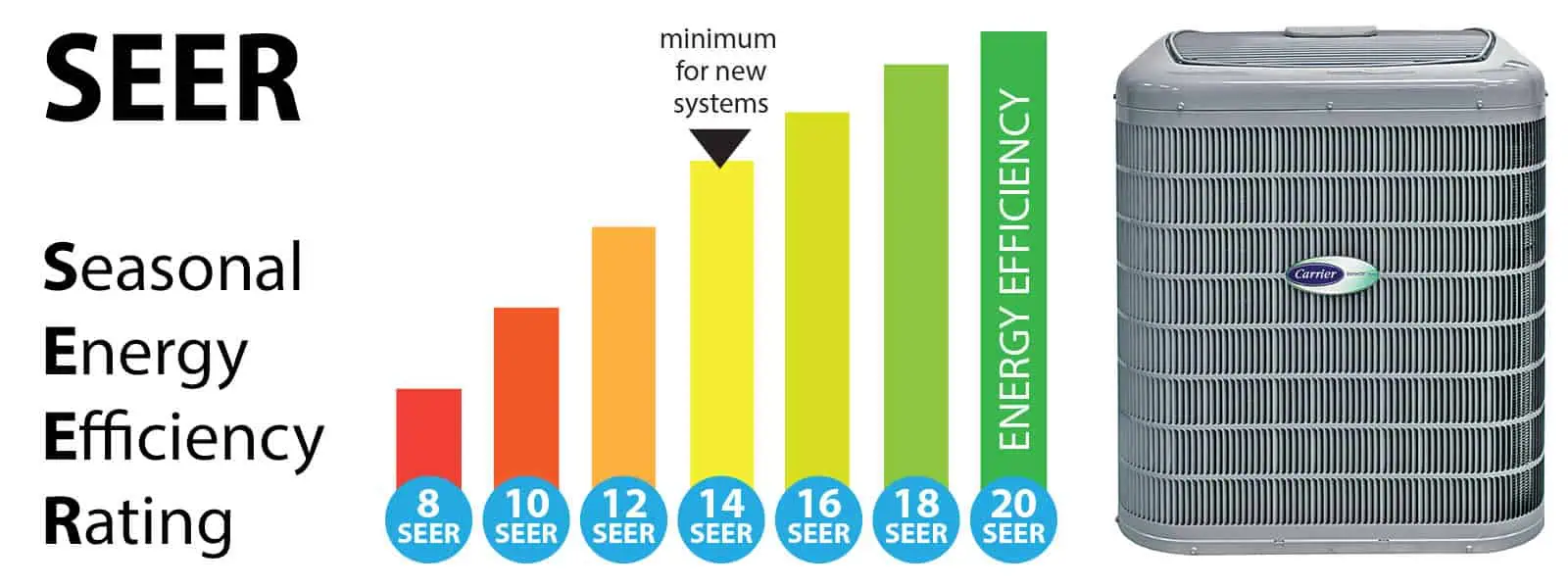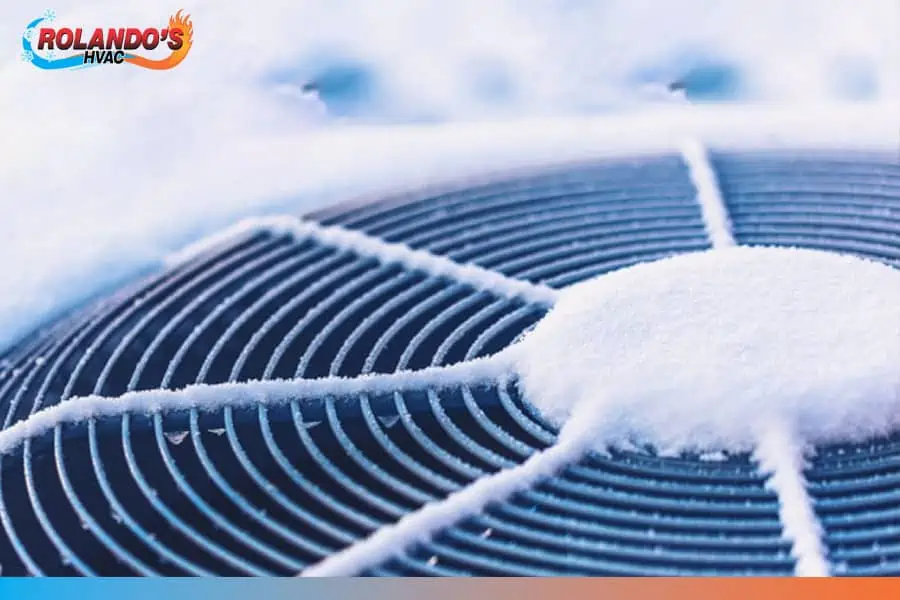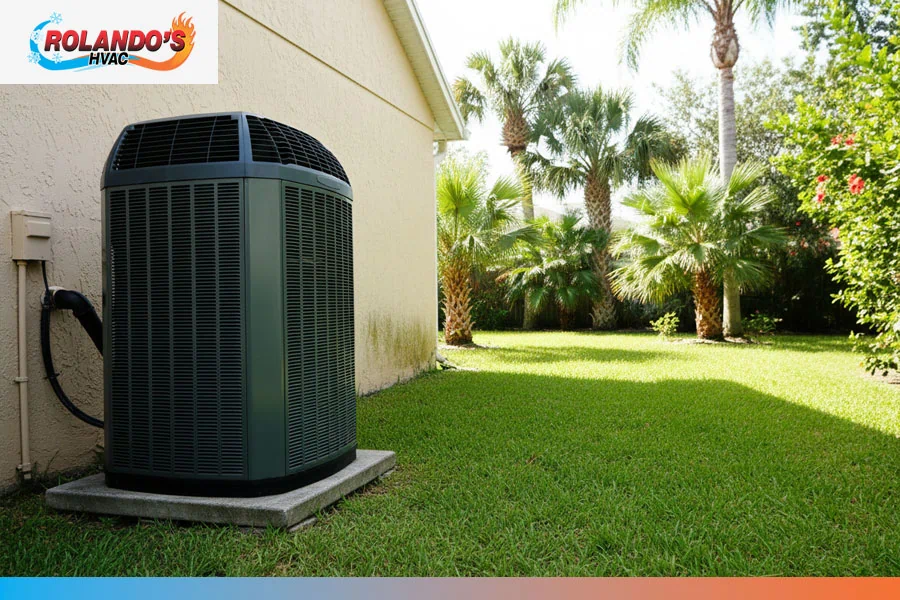
July 10, 2025
Do I Really Need a SEER 2 AC System in Florida?
Florida homeowners face new federal efficiency standards, and many are asking: Do I really need a SEER2-rated air conditioner? With rising energy bills, longer cooling seasons, and stricter AC installation rules, understanding what SEER2 means—and how it affects your wallet—is more important than ever. This guide breaks down SEER2 ratings, Florida-specific requirements, and how to choose a system that fits your home and budget.
Already comparing systems? See what SEER Rating Should You Look for in Tampa?
What Is SEER2 and How Does It Work?
SEER2 stands for Seasonal Energy Efficiency Ratio 2, a regulatory upgrade that reflects more accurate testing conditions than the original SEER standard. It measures the cooling output of air conditioning systems—expressed in British Thermal Units (BTUs)—divided by the total electrical energy input over a typical season.
The major difference? SEER2 includes ductwork static pressure, giving homeowners a better idea of how the system will perform in the real world, not just in ideal lab conditions. This updated measurement helps improve energy conservation, indoor air quality, and system efficiency.
Learn more about efficiency with our blog on Smart Thermostats and AC Efficiency

What Are Florida’s Minimum SEER2 Requirements in 2025?
As part of the Department of Energy (DOE) standards, Florida falls under the Southeast Region, which includes new minimum SEER2 efficiency levels for air conditioners and heat pumps starting in 2025:
Florida SEER2 Minimums (2025)
| System Type | BTU Range | Minimum SEER2 |
| Central AC (Residential) | < 45,000 BTUs | 14.3 SEER2 |
| Central AC (Residential) | ≥ 45,000 BTUs | 13.8 SEER2 |
| Heat Pump (All Sizes) | Any | 14.3 SEER2 |
These standards only apply to newly installed equipment. If your current system is functional, you don’t need to replace it—but any upgrade must meet code.
Not sure whether to repair or replace? Read our AC Replacement vs. Repair Cost guide.
SEER2 vs. SEER: What’s the Difference?
The shift from SEER to SEER2 reflects changes in regulatory compliance and testing procedures. Where SEER tested systems under lab-controlled conditions, SEER2 factors in real-world airflow resistance, static pressure, and duct performance.
SEER vs. SEER2 Comparison
| Feature | SEER (Old) | SEER2 (New) |
| Testing Conditions | Ideal lab | Real-world airflow resistance |
| Typical Efficiency Baseline | 14.0 SEER | 13.4–14.3 SEER2 |
| Used Through | 2022 | 2023 onward |
| Comparable Rating | 16 SEER ≈ 15 SEER2 | 14.3 SEER2 ≈ 15 SEER |
For system upgrades and repairs, check out our AC Equipment Repair in Tampa blog.
What’s a “Good” SEER2 Rating for Tampa Homes?
Meeting the minimum SEER2 standards ensures regulation compliance, but many homes in Tampa and South Florida benefit from more efficient systems, especially with the area’s high humidity and long cooling seasons.
- Minimum: 14.3 SEER2 = Code-compliant
- Good: 15.2–16.5 SEER2 = Better performance, moderate savings
- Best: 17+ SEER2 = Top-tier energy efficiency and indoor air quality
What affects your needs?
- Size of home
- Duct layout and insulation
- Budget and long-term energy consumption goals
👉 Consider scheduling an AC maintenance or energy audit visit to evaluate your home’s current HVAC setup and explore your options.
Is a Higher SEER2 AC Worth the Cost?
While high-efficiency systems come with a higher upfront investment, the long-term cost benefits often outweigh the initial price tag—especially in high-demand climates like Florida.
SEER2 Efficiency Upgrade: Cost vs. Benefits
| Benefit | Tradeoff |
| Lower monthly electricity bills | Higher upfront cost |
| Better dehumidification in humid weather | May take 5–7 years to break even |
| Longer compressor lifespan | Installation may require duct upgrades |
Benefits:
- Reduced carbon footprint
- Fewer greenhouse gas emissions
- Eligibility for tax credits (e.g., Inflation Reduction Act)
- Improved air pollution control
Tradeoffs:
- Requires expert installation to match your static pressure, ventilation, and air handler needs
See our Energy-Efficient Air Conditioner Guide for more information.
Should You Upgrade Now or Wait?
You might want to act now if your current air conditioner, furnace, or heat pump:
- Is over 10 years old
- Uses outdated refrigerants like R-22
- Has poor airflow, rising energy bills, or inconsistent temperature control
Upgrading now may help you lock in lower energy costs before rates rise further. SEER2-compliant systems are not just code-compliant—they often qualify for up to $2,000 in tax credits under the Inflation Reduction Act and additional utility rebates in Florida.
Delaying could result in higher cooling bills, more repairs, or non-compliance with installation codes if you decide to replace the unit later.
Concerned about refrigerants? Read our guide on Refrigerant Leaks in Tampa Blog
FAQ – SEER2 Systems in Florida (Schema Recommended)
What is a good SEER2 rating in Florida?
A good SEER2 rating for Florida homes is typically between 15.2 and 16.5, especially for those seeking long-term energy savings. Since Florida has long, hot cooling seasons, choosing a SEER2 rating above the minimum standard of 14.3 SEER2 can significantly reduce electricity use and improve comfort.
Is 14.3 SEER2 the same as 16 SEER?
Not exactly. A 14.3 SEER2 unit is roughly equal to a 15–16 SEER system under the old rating scale. SEER2 reflects stricter, real-world testing conditions, including static pressure and airflow resistance—giving a more accurate picture of how your AC unit will perform in actual Florida conditions.
Is SEER2 better than SEER?
Yes. SEER2 is the updated standard and offers a more realistic view of system efficiency. Unlike SEER, which measured ideal lab conditions, SEER2 accounts for duct losses, airflow resistance, and real-world static pressure—making it a more accurate way to compare cooling performance across HVAC systems in Florida homes.
Does a higher SEER2 always mean more savings?
Not always. While higher SEER2 ratings do mean greater energy efficiency, your actual savings depend on other factors—like how often you run your system, how well your home is insulated, your electricity rates, and installation quality. In some cases, a properly installed 15.2 SEER2 unit may outperform a higher-rated one that's not matched to your home.
CTA: Need Help Choosing a SEER2 System?
Rolando’s HVAC provides honest advice, expert installation, and ongoing maintenance for SEER2-compliant systems in Tampa and Town ‘n’ Country. Whether you need help with HVAC, plumbing, air source heat pump systems, or just want better temperature control and efficiency, we’ve got you covered.
Call (813) 373-6804 or schedule an estimate.
Most installations qualify for same-day or next-day service, depending on parts and permit availability.

Rolando Mojarrieta is the founder of Rolando’s HVAC, a licensed HVAC contractor based in Town ‘n’ Country and serving the greater Tampa Bay area. With over 15 years of experience in residential air conditioning, heat pump installations, and energy-saving upgrades, Rolando is committed to helping Florida homeowners stay comfortable year-round. License #CAC1820272.

December 1, 2025
Why Is My AC Freezing Up in Tampa, FL?

November 15, 2025
Heat Pump Maintenance in Lakeland, FL: Tips for Florida Homes

November 10, 2025
